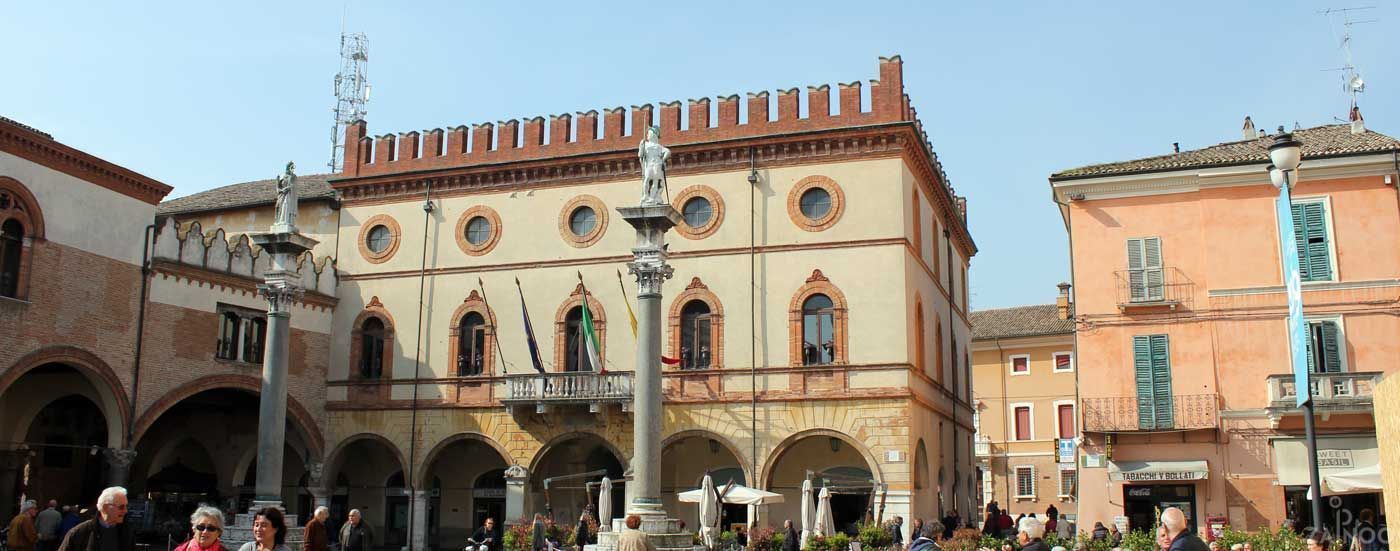Trip to Ravenna
Historical melting pot
Few other cities in the Emilia-Romagna region feature historical evidence as diverse, colourful and fascinating as Ravenna. Different cultures have left their marks over the course of decades and centuries. Ravenna came under Roman influence during the construction of the Via Emilia in the 2nd century BC leading to the city becoming a seaport. It even became the capital of the Western Roman Empire under Emperor Flavius Honorius in 402 after the Roman Empire had collapsed.
Invaluable mosaics and World Heritage Site
Ravenna is primarily known for its early Christian mosaics that date back to eras characterised by different cultures. It was Theoderic the Great, king of the Germanic Ostrogoths, who probably left the biggest impression on the city after defeating Odoacer, conqueror of the West Roman Empire. The UNESCO declared eight Ravennese buildings World Heritage Site in 1996. Among those is Theoderic's empty tomb. It is particularly fascinating to see that most mosaics managed to survive challenging times including censorship and the Iconoclastic Controversy, changing regents and cultures dominating the city until it was incorporated into the Papal States.
Fascinating environs
History didn't stop at Ravenna city limits. Several historic places and witnesses of times long gone are important cornerstones of Ravenna's manifold hinterland. Faenza is home of ceramics production. Centuries ago the world-famous faiences were first produced here in this quaint town. Sant'Alberto used to be tied to Ferrara and was once ruled by the noble Este dynasty. Russi is home to the ample archaeological site of a Roman country house allowing visitors to lose themselves in ancient history and culture.
Breathtaking historical evidence, fascinating nature sites and several beaches near the provincial capital are reasons enough to visit the fascinating Ravenna region.


Tweet